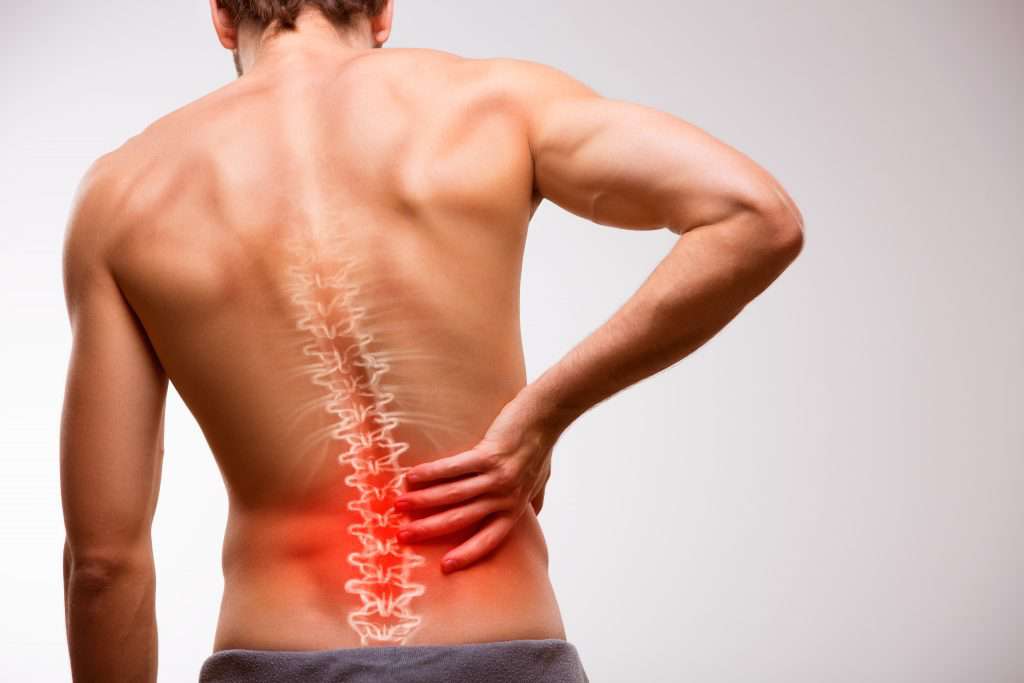
Patients with spinal cord injuries often lose one of the basic five senses, the ability to feel. This can greatly impact a patient’s quality of life. When we touch something sharp, the nerves in our skin react to the sharp object that could damage the skin by sending pain signals to the brain. Unfortunately, patients who suffer from spinal cord injuries commonly lose this feeling.When the spinal cord becomes damaged, some of the nerves in the spinal cord lose their ability to function. Nerve cells often die when they are damaged either from the initial injury or increased inflammation around the injury. This prevents patients from feeling everyday experiences.This sensation is also a common way to determine the extent of a patient’s spinal cord injuries. In the ASIA sensory examination, key sensory points are tested throughout the body to evaluate the extent of a spinal cord injury. The result of this examination is a sensory score. This sensory score can be used to track a patient’s progress over time.
Improving sensory scores is a sure way to improve a patient’s quality of life. Patients will be able to regain one of the five senses. Improving sensitivity may be possible with the help of stem cell therapy. BioXcellerator recently released a report that showcases the potential of stem cell therapy for patients with spinal cord injuries.
What is the ASIA Sensory Score?
Medical professionals can use a variety of methods to evaluate a spinal cord injury. These methods help medical professionals evaluate patients and speak a common language when discussing spinal cord injuries. One of the most effective spinal cord injury evaluation methods is the ASIA sensory examination.
VIDEO HERE
The sensory score is based on light touch sensory scoring and pinprick sensory scoring. Both scores are important in evaluating a patient’s spinal cord injury. For light touch sensory scoring, medical professionals often use a cotton top applicator and stroke the applicator across the skin of the patient. For pinprick sensory scoring, medical professionals often use a clean safety pin and poke the skin of the patient.
The patient’s response to the stimuli is then evaluated. The sensory score is rated on a scale from 0 to 2. With 0 representing absent and 2 representing normal. A sensory score helps the medical score administer better treatment to patients. Keeping track of patient sensory scores can help medical professionals evaluate the progress of a recovering spinal cord patient. Many spinal cord injury patients often plateau once their original recovery period ends. This can be incredibly frustrating for SCI patients. Researchers believe that stem cell therapy may be able to improve SCI patient outcomes.
BioXcellerator Impact of Stem Cells on Pin Prick Type Sensitivity
BioXcellerator works with patients who suffer from spinal cord injuries. The BioXcellerator team worked with 32 patients who suffered from spinal cord injuries from 2019 to 2021. These patients suffered from severe spinal cord injuries. The treatment protocol involved four rounds of stem cell therapy and follow-ups. The goal of therapy was to improve their quality of life. The results of these treatments were promising for patients in regards to sensory improvements.
Improvements in Sensory Scores
BioXcellerator saw impressive results in regards to sensory scores in SCI patients. Patients showed incredible improvement after their third stem cell treatment. Patients went from a median of 46 points to 54 points, with an increase of 8 points (17.3%) on the overall punctuation, for all body segments. A minimum of three stem cell treatments is required for improvement in deep sensitivity in SCI patients.
There is still some work to be done in regards to stem cell therapy and spinal cord injuries. Patients did not see an increase in light touch sensitivity. This appears to indicate that sensitivity improvement may be better seen at a ‘coarse’ than in ‘fine’ sensitivity. There may be further changes in light sensitivity as patients receive more rounds of stem cell therapy.
There was no significant increase of the score in superficial-type sensitivity or “light touch” in any of the stem cell treatment visits. This seems to indicate that improvement in sensitivity may be better seen at a ‘coarse’ than in ‘fine’ sensitivity. However, several of our SCI patients had not completed their treatment visits, so improvement levels might change when more data becomes available.

